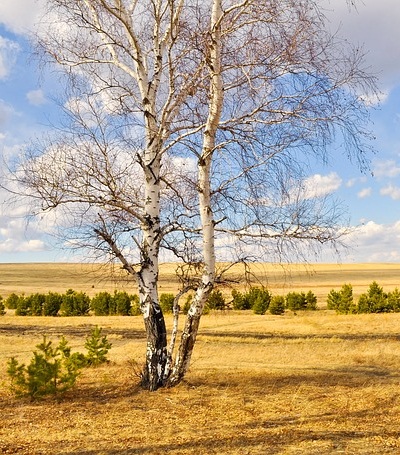UM Researchers Found No Connection between Bird Morphology and Phenology
In 2020, a research team from the University of Michigan discovered that during the past 4 decades the size of North American migratory birds have become smaller. However, since their wings have grown longer, the research team’s initial presumption is that the birds have morphed in relation to climate changes. In following up the previous year’s study, the scientists used various sets of data including those gathered from bird-related collision reports. Based on their latest findings, the UM researchers found out that the morphological changes in the migratory birds were not at all connected with the phenological shifts connected to climate modifications.
According to Assistant Professor Brian Weeks at SEAS, morphological changes are usually assumed as causal to changes in the timing of migration in relation to climate alterations. Professor Weeks added it was only after experimental tests using a broader set of data that they were able to arrive at a different conclusion.
Earlier studies about migratory birds showed that due to global warming, the birds had started migrating earlier in the spring. The UM-led team noticed that the early migration and arrival in breeding grounds led to morphological changes because of evolutionary pressure.
Comparison of Previous Study about Early Spring Migration vs. New Study
In the first study, the researchers correlated the scaled-down body size to the hotter temperatures in their breeding grounds. Smaller-sized birds tend to dissipate heat more efficiently.
The new study involved testing the connection of the changes in wing length and body size, to climate-related adjustments in migration timing which the older study did not tackle.
Both previous and new studies involved analyzing 70,000 bird specimen from 52 species collected by the Field Museum from bird-collision incidents in Chicago buildings. However, the UM study was the first to utilize museum specimens in studying the long-term shift to early spring migrations
This was not the case in other studies that relied on data gathered from bird-banding studies and weather radar records. That is why the researchers were able to report for sure that they found no proof to support the presumed connection between the birds’ morphology and phenology
According to Marketa Zimova, an evolutionary biologist at University of Michigan, birds change in shape and size independent of changes in migration timing. Ms. Zimova explained that it is likely that other adjustments have been causing them to migrate faster and earlier. She hypothesized that it’s possibly a physiological adaptation that allows migratory birds to fly faster without losing too much water, as it causes overheating in their body.
